Voyage To Venus
a furious temptress...
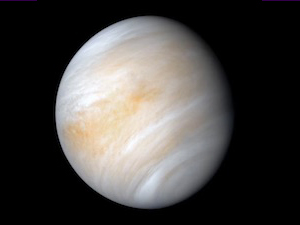
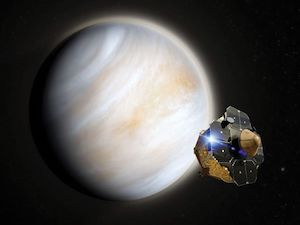
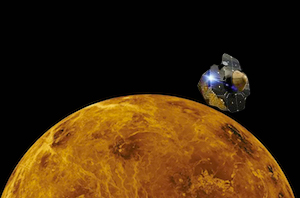
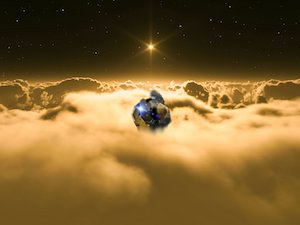
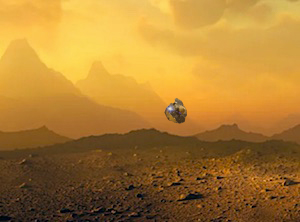
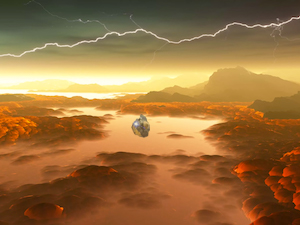
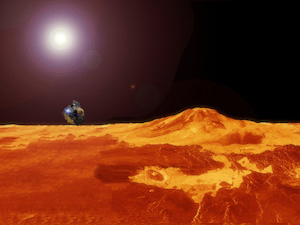
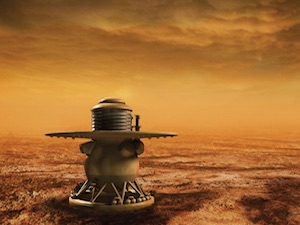
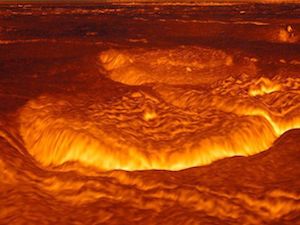
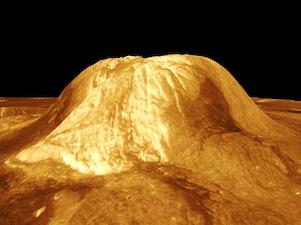
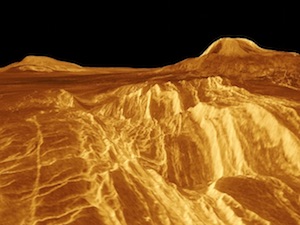
- There is good evidence that Venus once had liquid water and a much thinner atmosphere, similar to Earth billions of years ago. But today the surface of Venus is dry as a bone, hot enough to melt lead, there are clouds of sulfuric acid that reach a hundred miles high and the air is so thick it's like being 900 meters deep in the ocean. - Bill Nye
Venus is usually the brightest planet in our skies, and is called “Earth's Twin” due to its similar size to Earth and its rocky composition. However, Venus is a nightmare version of our planet, featuring a thick, crushing atmosphere of acidic clouds, greenhouse gasses, howling winds, and intense heat at its surface
Since Venus is so striking in its twilight appearances, the planet features heavily in sky mythologies worldwide. Venus’s bright morning and evening appearances are the origin for its dual nicknames: the Morning Star, and the Evening Star.
Venus’s other moniker of “Earth’s Twin” is a bit misleading. In terms of their surface temperatures and atmospheres, Venus and Earth are extremely different! The surface of Venus is warmer than that of Mercury, despite Mercury being many millions of miles closer to the Sun. While Mercury is still a scorching 800 degrees Fahrenheit (427 degrees Celsius), Venus is even hotter: 900 degrees Fahrenheit (482 degrees Celsius). The vast amount of carbon dioxide in the thick Venusian atmosphere acts as an insulating blanket that retains much of the Sun’s heat, creating the runaway greenhouse effect that dominates its present-day climate.
The Venusian surface is a crushing 90 Earth atmospheres on top of its absurd temperatures.
About the Music
The slow funk groove of this soundscape consists of Hip Hop drums and an interesting array of synths. The lead synth is combination of the Roland JV-880 and the D-50.
Further Reading
- 23 minutes on Venus: the hellish voyage of Venera 7
- Journey to the Surface of Venus
- Venus (mythology)
© Richard Coffey - All Rights Reserved